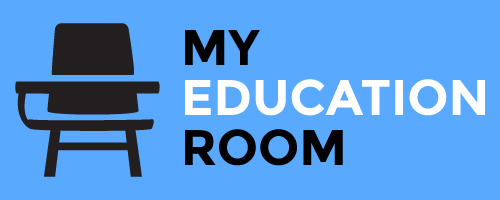NBA 2K21 shows that the only basketball sim we have now has mostly stagnated.
I am able to run down every other manner of drama or attribute in NBA 2K21, but I’d really just be going through the laundry list of NBA 2K Coins things we’ve seen in years ago –although I really do need to point to the continuing addition of the WNBA. It’s a fantastic attribute for current fans and people who want to familiarize themselves with WNBA players and teams. Where this falls short is the WNBA is relegated to just season play, and the addition of female participant production is just featured in the upcoming next-gen variations of this game.
NBA 2K21 shows that the only basketball sim we have now has mostly stagnated. It is a full package, for sure, but one that shows little-to-no motivation to improve upon itself. That does not eliminate the strong base that makes NBA 2K a fun and rewarding time. However, when you go through precisely the exact same grind and the same process with only superficial modifications, you simply get burnt out quicker than years prior. If ball is still life, NBA 2K21 is as good a model as some to pick, although even the best ballers need a rest.
On Thursday, the video game industry won a major battle in a longstanding controversy over the reproduction of tattoos in sports video games. The case involved a copyright action brought by Solid Oak Sketches Inc. to enforce exclusive rights acquired from artists who did tattoo work for LeBron James, Kenyon Martin and Eric Bledsoe. In the case, Solid Oak Sketches sought damages under the Copyright Act from Take Two Interactive Software Inc. for containing reproductions of the the purportedly copyright-protected tattoos on avatars for James, Martin and Bledsoe from the popular NBA 2K movie games.
From the decision, U.S. District Court Judge Laura Taylor Swain found that: (a) the degree of copying of these tattoos was de minimis instead of substantial, (b) the producer had a non-exclusive implied license to replicate the tattoos at the video games, and (c) the copies constituted”fair use” for the transformative nature. To best understand the importance of Judge Swain’s decision, it is necessary to unpack every finding, beginning with the degree of copying.
To sustain a copyright action, the plaintiff must include in their claims enough proof to show that the defendant copied their work and that the copy is much like the initial creation. Judge Swain found that the level of replicating in this case fell under the brink of substantial copying. In reaching this conclusion, Judge Swain used the ordinary observer test, which requires the court to consider whether a lay person would recognize the reproduction substantially copied and forced use of the plaintiff’s copyright protected function.
In encouraging that holding, Judge Swain found that the pictures of these tattoos were twisted to a degree and were too small in scale to issue (a mere 4.4% to 10.96percent of the magnitude of the actual things). Not just that, but just three from 400 players showcased in the match had tattoos that were at Cheap NBA 2K21 MT controversy. For the court, that quantity of copying qualified as de minimis rather than substantial.






